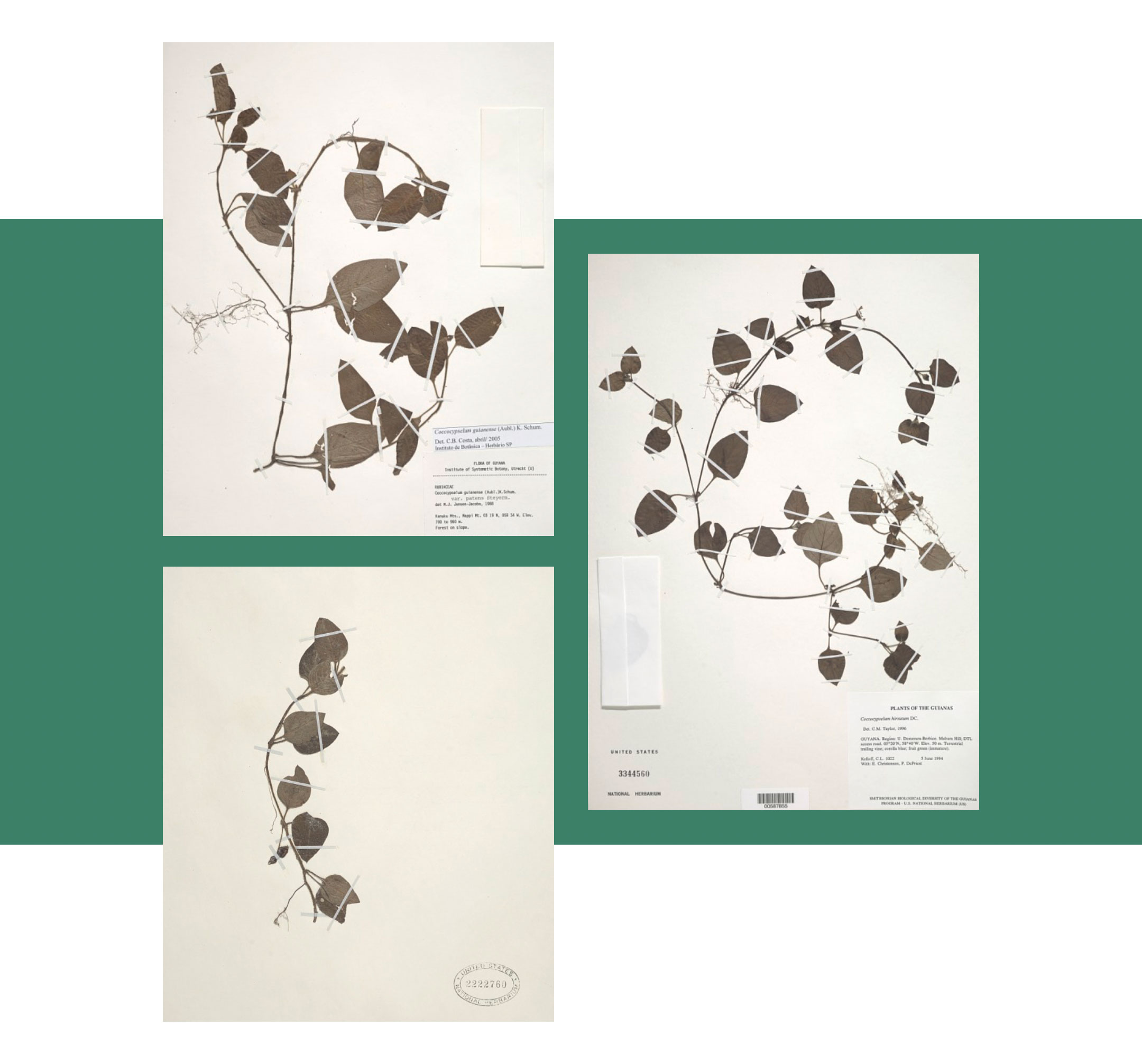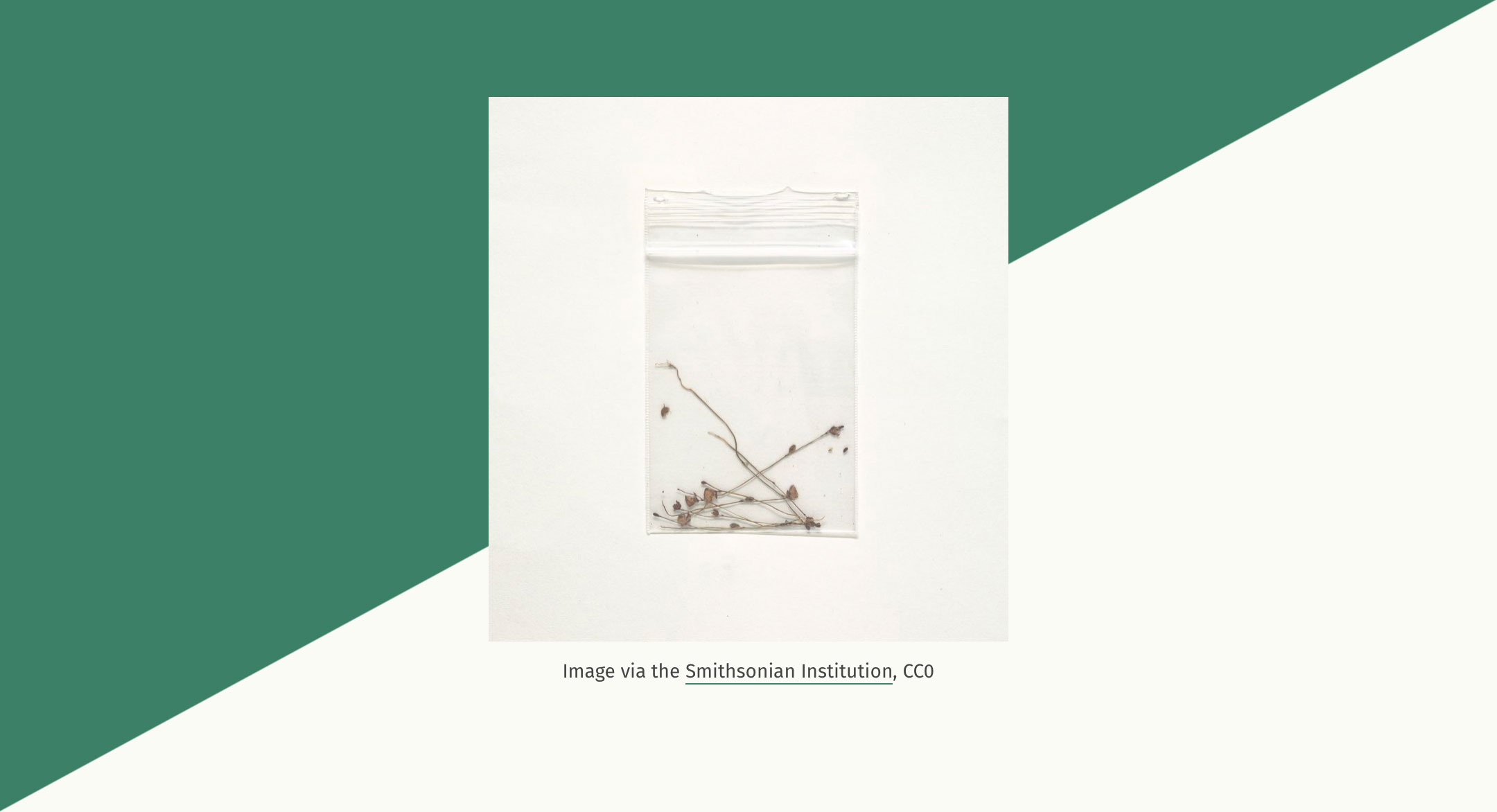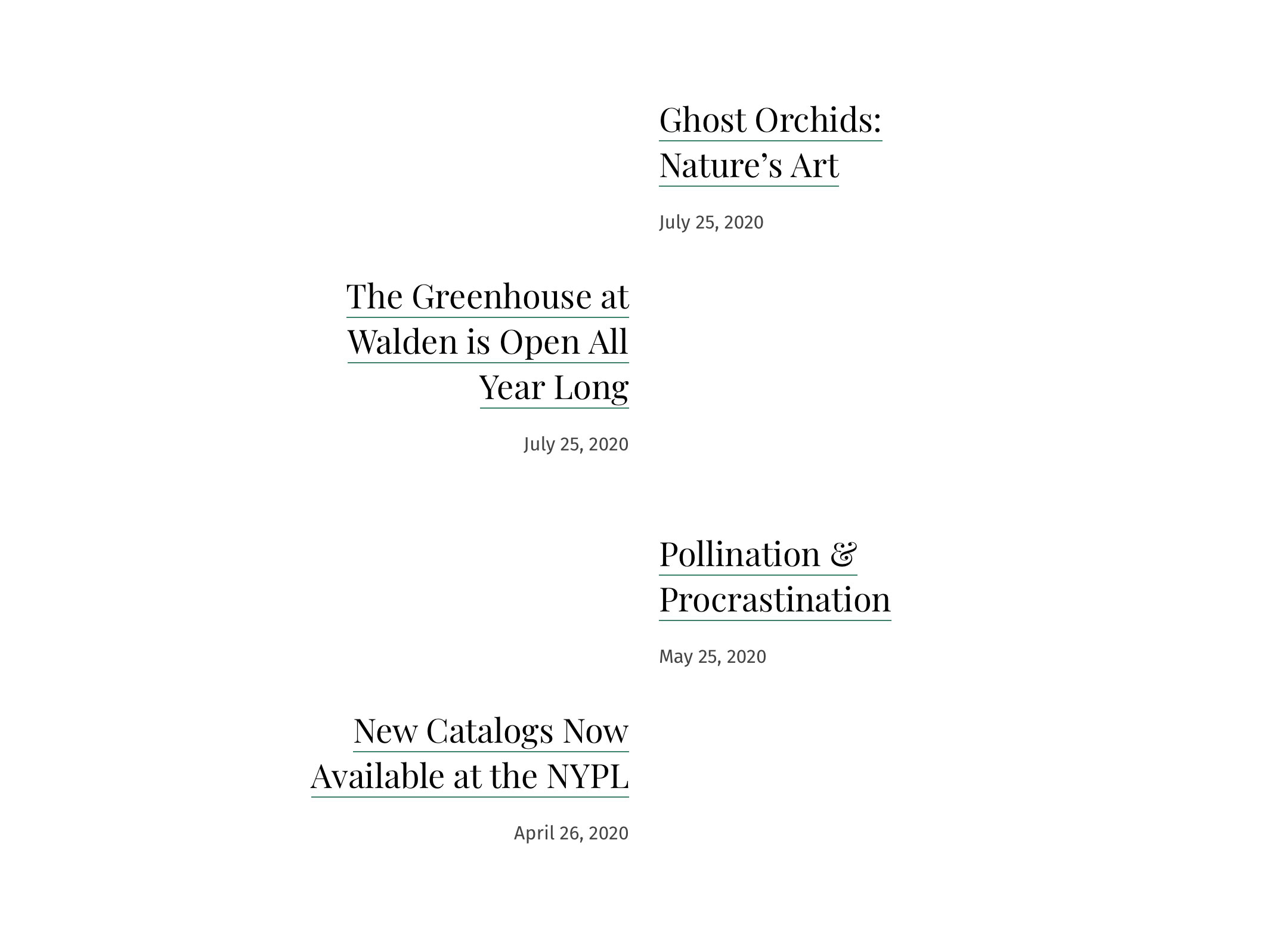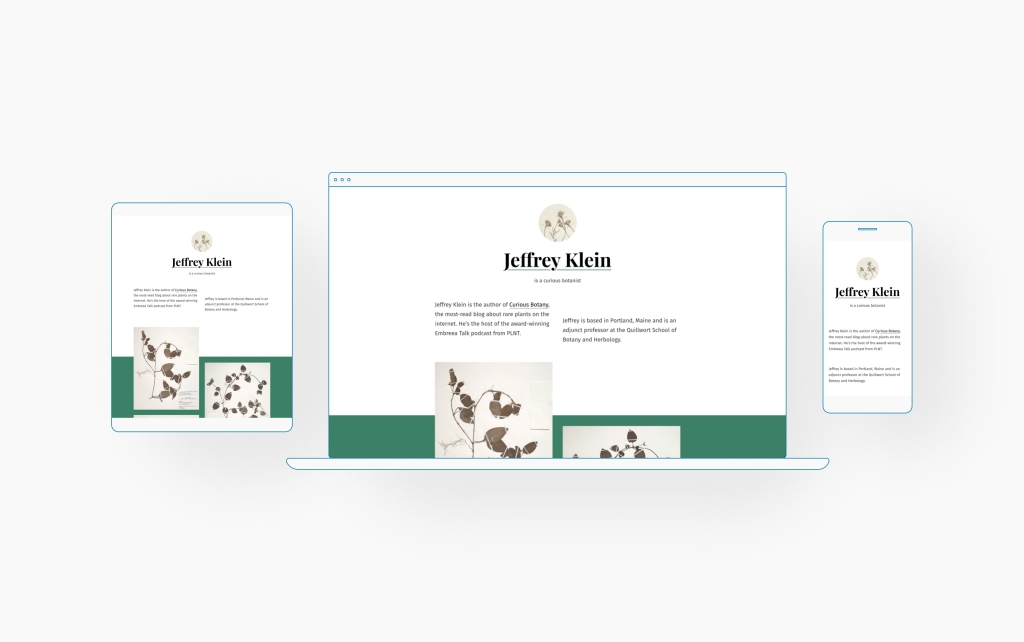This week the Automattic theme team launched a brand new theme called Seedlet. Seedlet is a simple, typography-driven foundation for folks to build their websites on. Its styles are opinionated, but generic enough that the theme can apply to a wide variety of different use cases.
This is a particularly exciting launch for us, because not only is Seedlet a lovely theme on the front end, but its backend was crafted with the future of theming in mind.
It ships with block patterns
As we’ve written before, block patterns are an incredible new tool for theme authors. We anticipate building these into every one of our themes going forward, giving users easy shortcuts to creating some of what they see in the theme demo.
Seedlet ships with a few patterns. Two of them leverage some creative use of gradient background presets, and the other makes your posts appear to snake down the page like a vine.



It’s built to be flexible
Behind the scenes, Seedlet has been built with a comprehensive system of CSS variables. If you’ve seen our Varia theme, you’ll be somewhat familiar with the system. Essentially, it’s a tiered system of variables inspired by modular CSS. In effect, everything from the site’s color palette to its spacing and structure is hooked into CSS variables.
Seedlet uses CSS variables as design tokens, instead of the SASS variables used in Varia. By relying on CSS variables for all of the core style attributes, we’re able to bridge the gap between the front end and the editor styles. If we change the value of Seedlet’s --global--color--background variable, the background of the site will update in both the front end and the editor immediately, with no compiling necessary.
CSS variables are also easily manipulated in the Customizer (as in Seedlet’s custom colors implementation), or in child themes. In the tests we’ve done, you can easily create a drastically different child theme by modifying only Seedlet’s CSS variables. Stay tuned for more to come on this, as we build out the first round of child themes based on Seedlet.
It’s ready for our block-based future
Seedlet’s extensive use of CSS variables also sets it up nicely to integrate with the block editor’s upcoming Global Styles functionality. CSS variables are what make Global Styles work, and Seedlet is full of them.
To demonstrate this transition, we put together a child theme that maps a number of Seedlet’s CSS variables to Global Styles values defined in experimental-theme.json. That, plus a few block templates, results in a fully functional, block-based version of Seedlet. You can explore this today by visiting Seedlet’s GitHub repository:
https://github.com/Automattic/themes/tree/master/seedlet-blocks
We plan to iterate on (and eventually launch!) this block-based version alongside the standard version of Seedlet.
We’re excited to see how Seedlet evolves as we continue moving towards block-based themes. In the meantime, give Seedlet a try, and feel free to contribute on GitHub if you’re so inclined.
Visit Seedlet on:
For more block-based exploration using Seedlet, check out this demo using Seedlet on the Gutenberg Times livestream:

2 responses
Reblogged this on Stuff I find on the internet and commented:
Stoked we’ve finally launched this! Gonna be the basis for so many fun themes in the future.
I would like to see it in action. Also, I’m looking forward to see more newest themes released by Automattic and refreshed version of the retired themes such as Photo (I forgot the name, it was available for WordPress.com premium plan and was really like it)